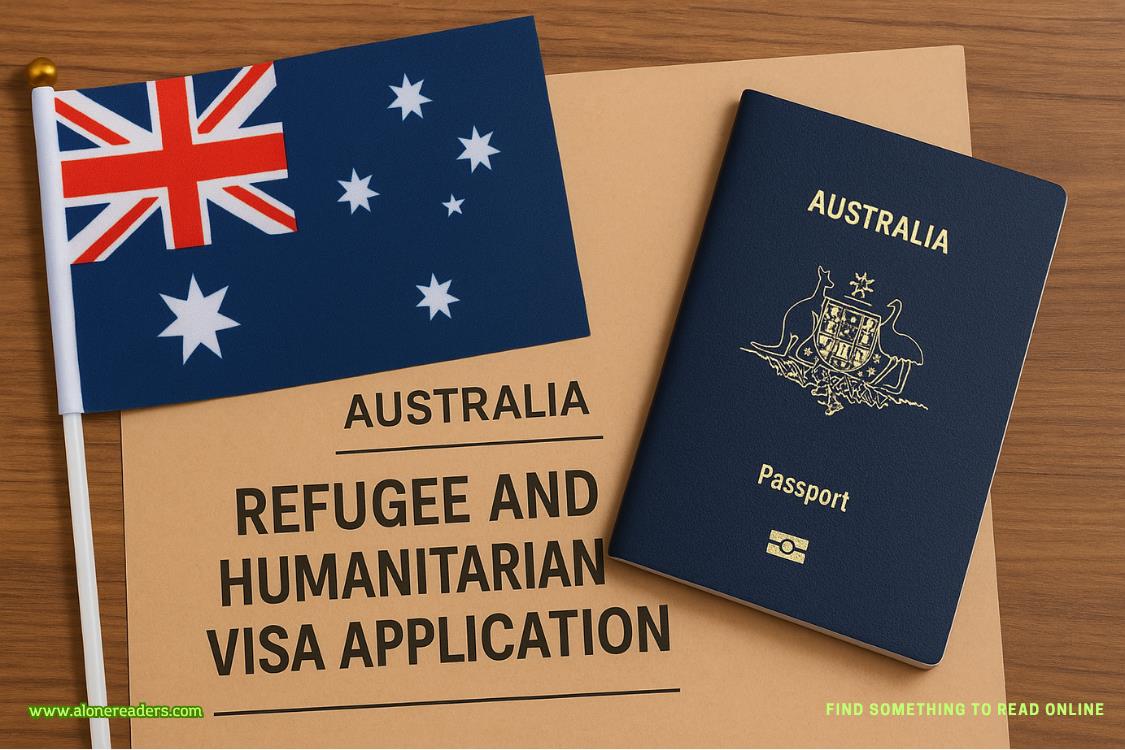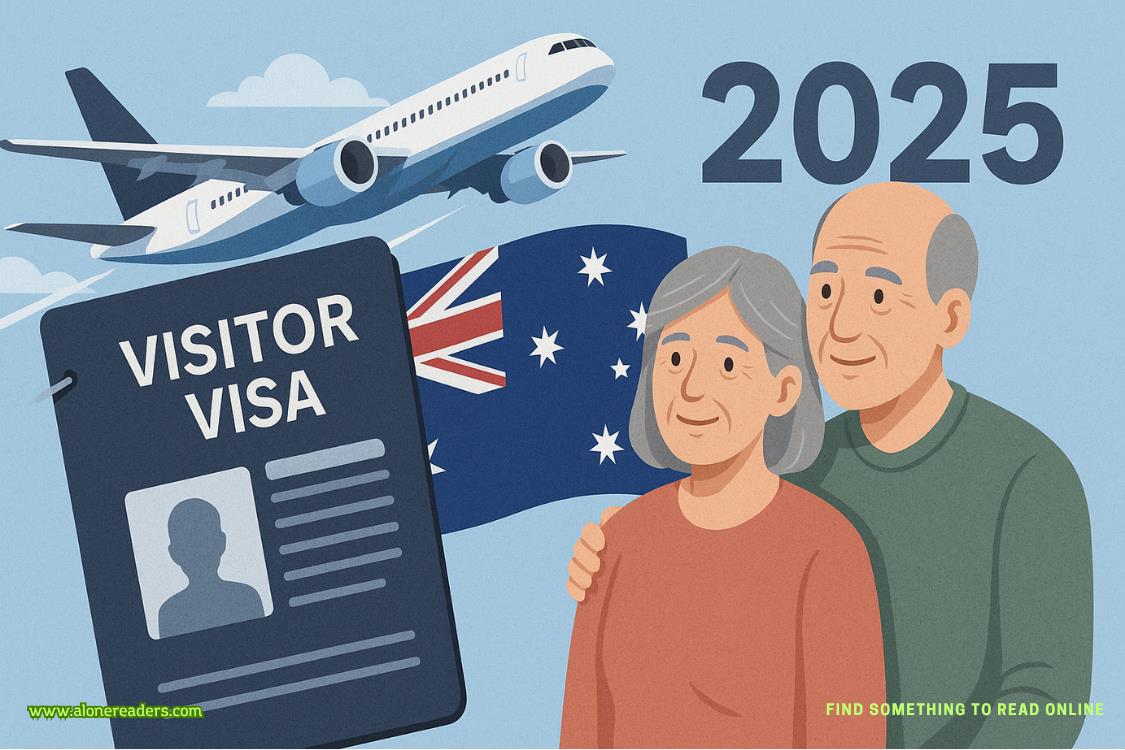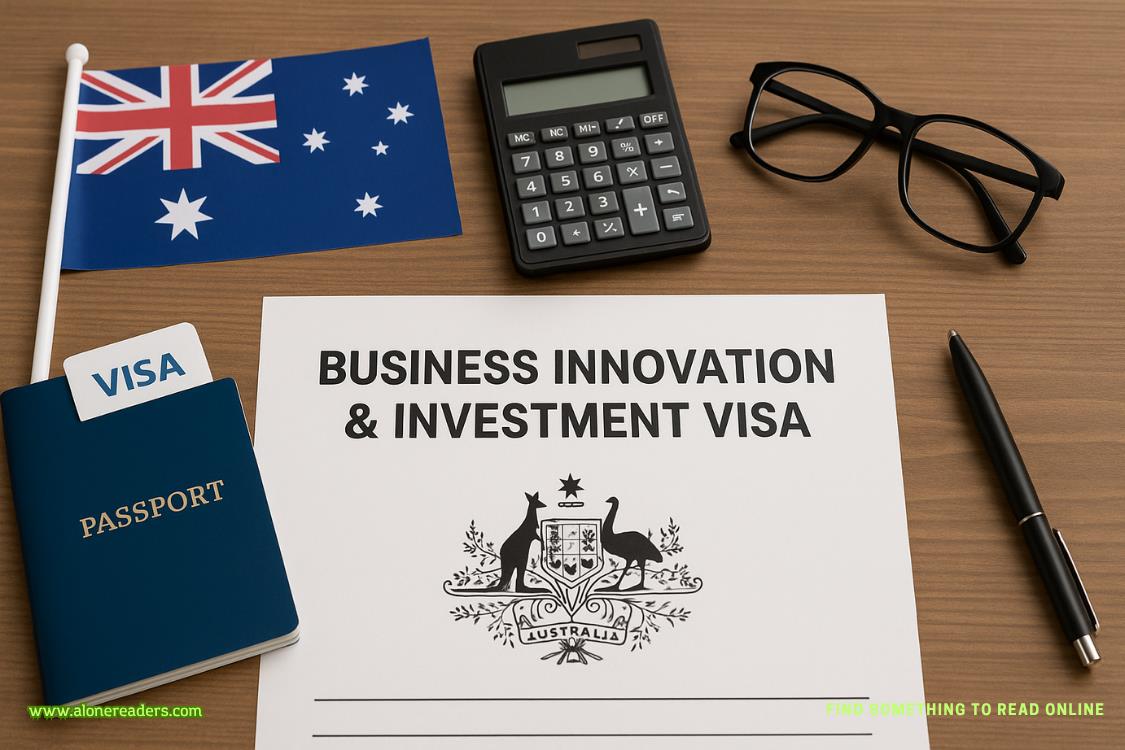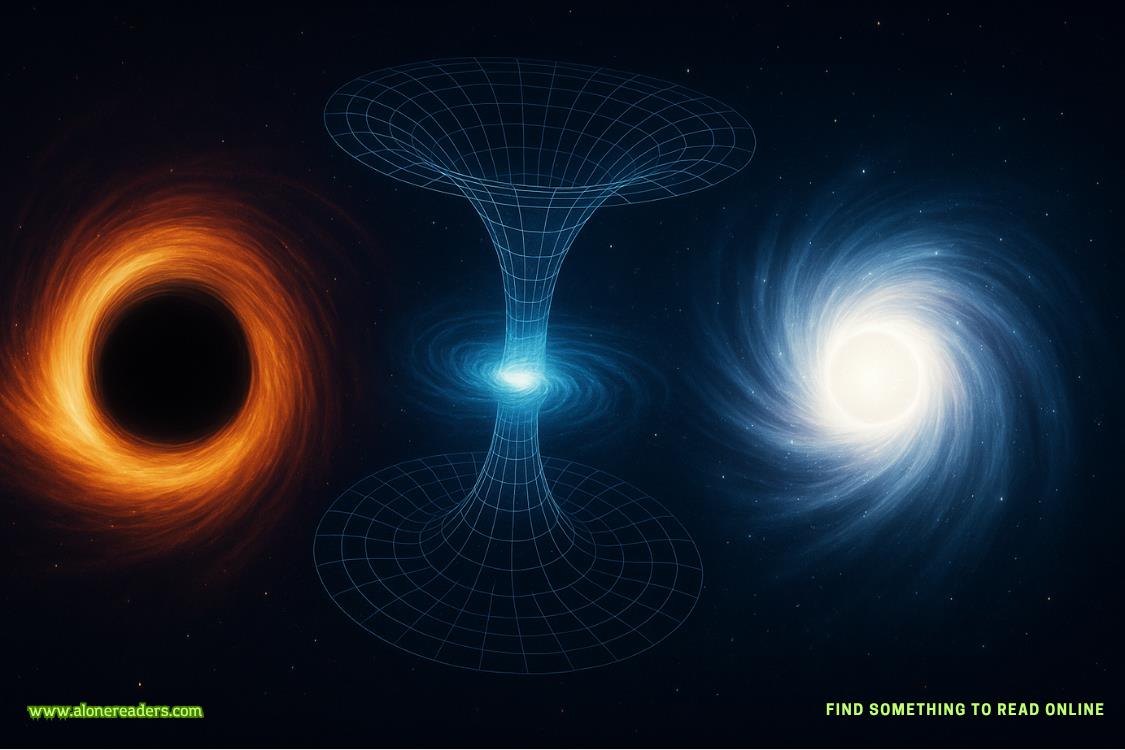“Her approach aligns with yours,” Owen says, fingers brushing a strand of hair behind my ear. “Work that means something.”
It’s the heart of the shift. I used to spin stories for brands Ididn’t believe in. Now I help the right ones tell stories that matter. Winslow Communications has grown into something real—a small but mighty team, with clients across the Pacific Northwest.
“Speaking of meaningful work,” I say, turning toward him, “the feedback from your Seattle workshop was ridiculous. Three architecture programs reached out about guest lectures.”
He flushes, trying not to look pleased. “They had good questions. Spatial efficiency is a popular topic.”
“They were starstruck,” I say. “They gasped when you showed the staircase storage.”
He shrugs like it’s nothing. “It’s just functional design.”
“It’s innovative and gorgeous, and makes tiny living feel like something you’d actually want to do,” I counter. “You’re not just solving problems. You’re creating possibility.”
He doesn’t argue. Doesn’t deflect. Just lets me say it. That, in itself, is its own kind of progress.
“We make a good team,” he says, echoing my thoughts with his usual efficiency.
“The best,” I agree, resting my head on his shoulder. “Though I maintain your Instagram captions could benefit from at least forty percent more emoji.”
“Professional restraint,” he says, but the ghost of a smile gives him away.
“Tragic underuse of the hammer and tiny house emojis,” I reply. “But I respect your brand integrity.”
We sit in easy silence, Finn’s soft snores filling the space with their usual comfort. Through the window, stars begin to prick the sky—once unfamiliar, now the backdrop to everything I know.
“I have something to show you,” Owen says, that familiar low tone edged with just enough nervousness to make me instantly curious. “A design I’ve been working on.”
Spread across the table is something unmistakably Owen: clean lines, meticulous detail, perfect balance offunction and beauty. But this isn’t for a client or a portfolio. This one is personal.
“It’s a tiny house,” I say, scanning the plans. “But bigger than this. What—600 square feet?”
He nods, eyes on mine. “With expandable outdoor space. Southern exposure for light.”
I trace the sketches—familiar layout elements woven with subtle upgrades. A larger loft with more headroom. A soaking tub. The kitchen includes the infamous copper pot rack. And stretching across the west wall?—
“The window seat,” I breathe. “It’s enormous.”
“Takes up the entire wall,” he confirms. “Built-in shelves. Adjustable lighting.”
The more I look, the clearer it becomes. This isn’t hypothetical. This is a house designed for two people who know each other’s rhythms. There’s a desk area that fits my work setup. A layout built to hold our lives. And—wait.
“Is that a Finn door?” I ask, pointing to a tiny, arched opening in the wall.
“It connects to a matching structure,” Owen says, and his voice softens. “His own space. With views of both buildings.”
And just like that, I understand. This is our future. On paper. Rendered in lines and intention.
“It’s not a proposal,” Owen says quickly, catching my stunned silence. “Just a concept. Something we could build. If or when you want more space.”
I bite back a smile and open my laptop. “Can I show you something?”
I click into a folder labeled “Next Project”—my secret vision board. Expanded layouts, shared office ideas, native landscaping for bird traffic. Colors I knew Owen would like. Textures that make a house feel like a home.
“I’ve been planning too,” I admit. “Great minds.”
He studies my screen. Then looks back at his sketches. The overlap is striking.
“We’re on the same page,” he says.















